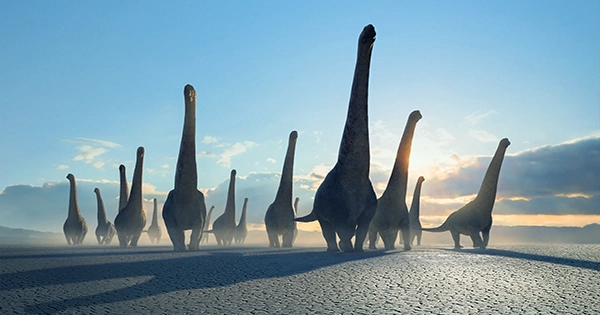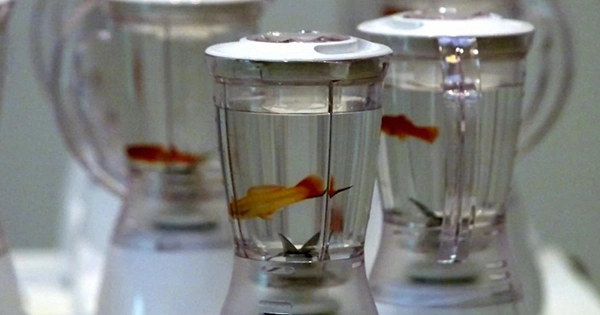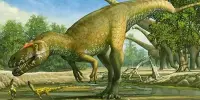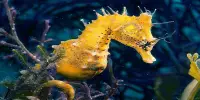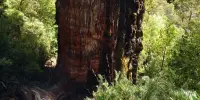The first of many heartstring-tugging moments arrives just a few minutes into episode one of Apple TV+’s Prehistoric Planet. If you think of dinosaurs as monsters, the opening sequence serves as a reminder that life was dangerous even at the top of the food chain 66 million years ago. The tremendous and ongoing popularity of related movie series (though not all — we’re looking at you, VelociPastor) indicate that dinosaurs are arguably an easy sell.
While fanged behemoths with a thirst for blood make for exciting viewing, it’s a naive picture of the function of even the most predatory of ancient species, who had a lot more going on in the Late Cretaceous than just devouring everything alive. Now, in the new TV series Prehistoric Planet, David Attenborough and Apple TV+ are presenting a whole different aspect to dinosaurs, allowing us to view them for what they truly were: creatures for the first time.
The series’ video, shot in modern-day locales, presents dinosaurs like Mononykus and Deinocheirus in the same way a roadrunner or water buffalo might, and as these fascinating creatures negotiate the dramas of the day, they begin to appear like genuine animals. Dinosaurs had to follow the same checklists as living creatures today, which included eating, sleeping, reproducing, and repeating. Staying alive in the Late Cretaceous was no simple endeavor, as seen by the frenzied flight of hatchling pterosaurs and the misery of an adult female who must choose between eating herself and defending her bite-size eggs.
As the series progresses through episodes on coasts, deserts, ice worlds, and forests, it becomes clear that even the environment was difficult to manage. Families of duck-billed Secernosaurus had to travel long distances across arid gypsum dunes in search of valuable pockets of vegetation, while extreme weather on the other end of the spectrum necessitated truces between the predatory polar tyrannosaur Nanuqsaurus and its prey as intolerable blizzards raged (yup, there were dinosaurs living in snow back then). Green Planet, one of Attenborough’s most recent BBC productions, recently illustrated the savagery of plants, while Prehistoric Planet did the same.
We follow herds of triceratops as they journey deep into the deepest recesses of a cave to munch on clay that shields them from plant poisons, using cleverly-recreated camera traps and night-vision film. Ankylosaurus also confronts the embers of a forest fire to consume chunks of charcoal for the same purpose. Every adaptive trait revealed during the series – and there are a lot of them – is a nod to the growing overlap between paleontology and animal behavior.
Far from being a study only focused on bones, fossils are now simply one piece of a complex jigsaw that allows consulting scientists like Darren Naish to put together hints from the past and interpret not just the species that went extinct, but also their behaviour while still living. Phylogenetic bracketing was utilized — for the first time in the development of a TV series, no less – to answer questions about how dinosaurs acted, looked, and sounded by looking to their nearest cousins, Naish stated during a press preview.
“If you have a query regarding an extinct animal, start with where it belongs in the family tree.” What type of sound did T. Rex Produce, for example?” he proposed “Well, we don’t know,” she says, “but we can look at the live creatures in the family tree.” Crocodilians are on one side of the ancient dinosaurs, while live birds, which are dinosaurs, are on the other.” “It’s a fairly powerful scientific inference if you find a sound that’s comparable in a crocodilian and a bird, and you believe it’s about correct for the anatomy and size of a dinosaur like Tyrannosaurus.”
